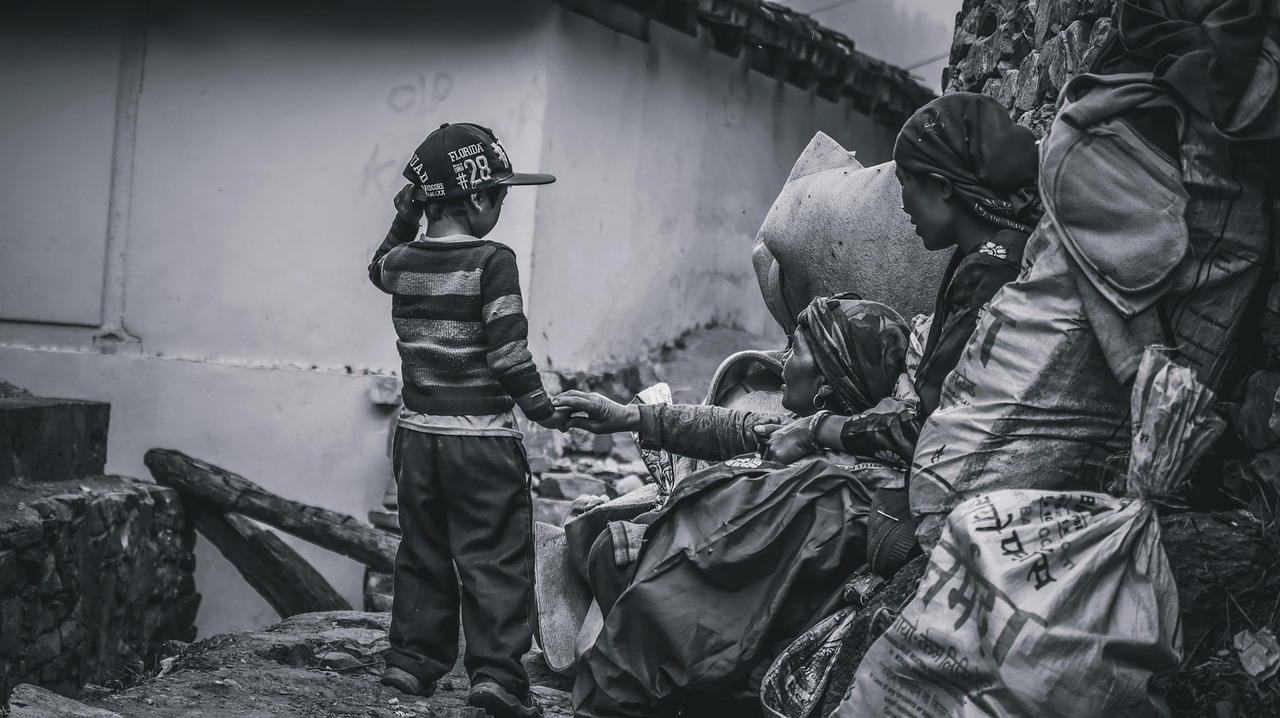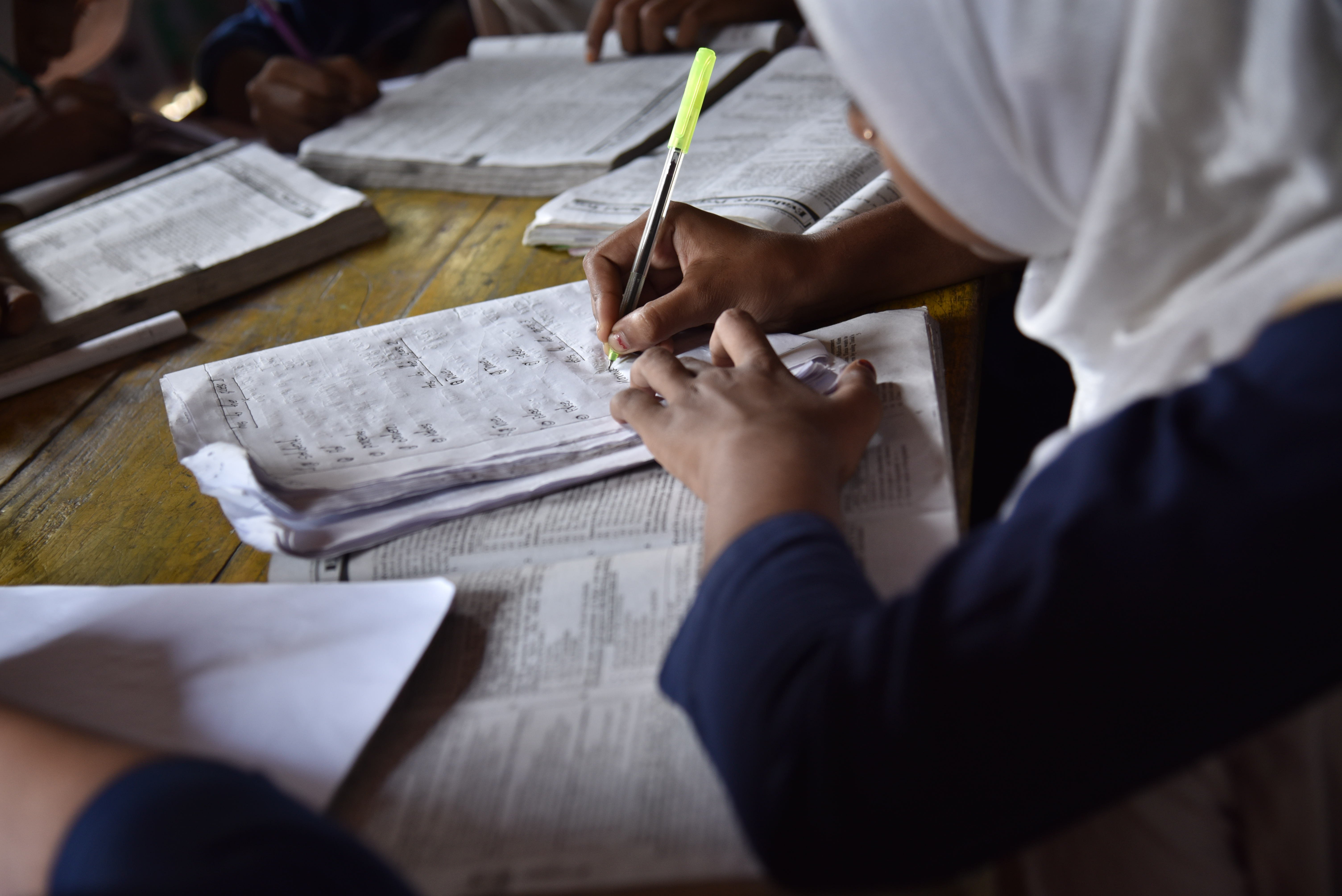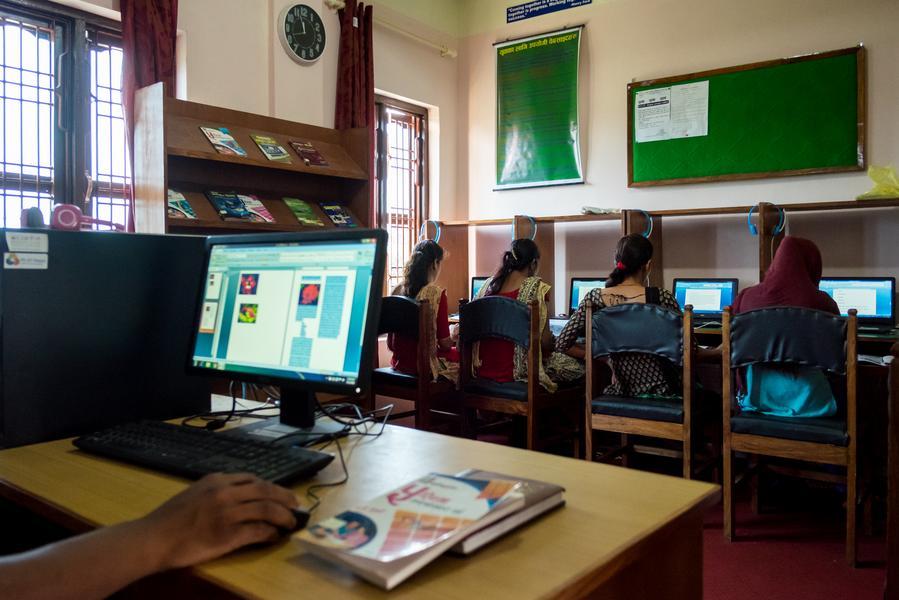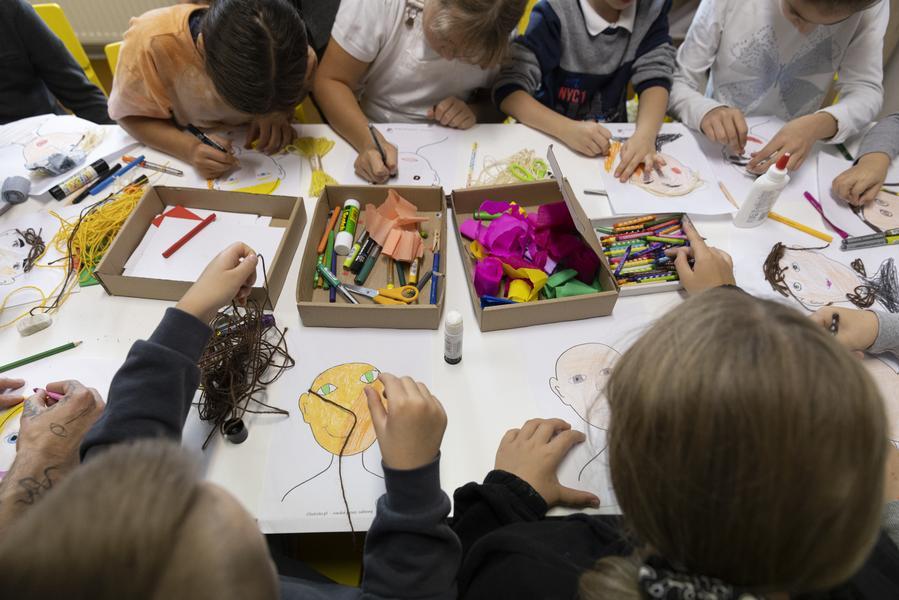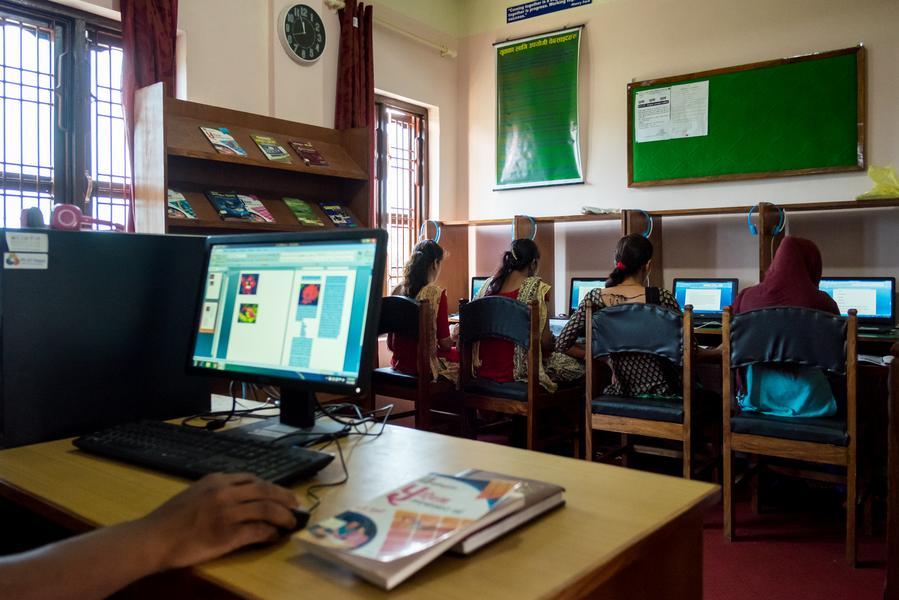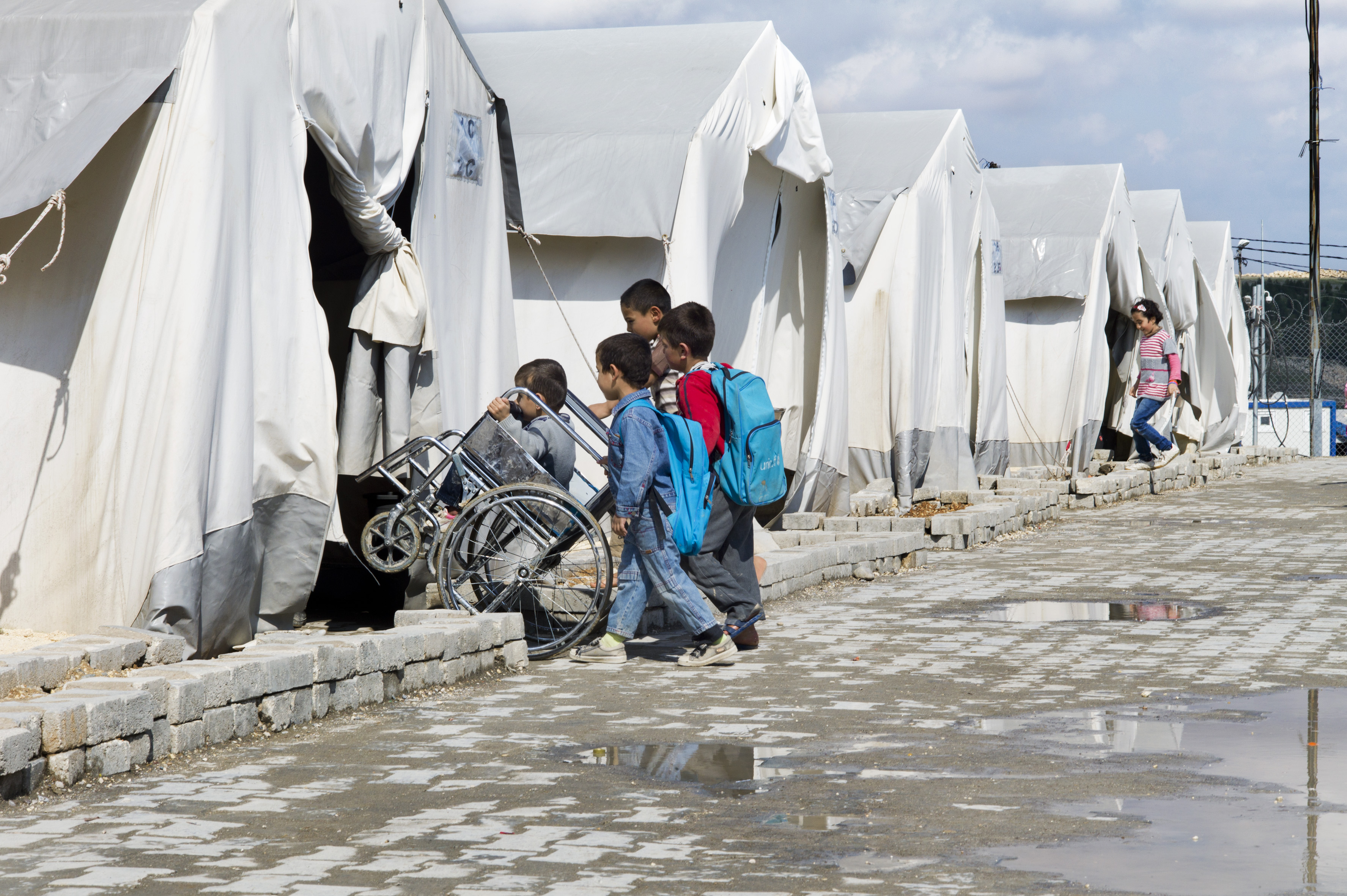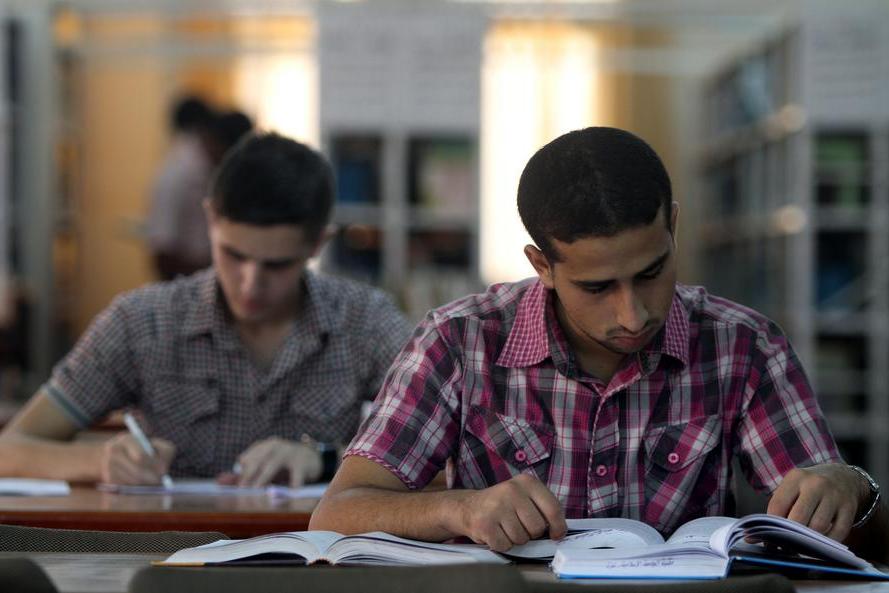Context and Problem
In many educational institutions, inadequate school infrastructure has become a critical barrier to providing quality education. Classrooms, latrines, administration rooms, and other facilities often lack structural and hygienic integrity, creating an environment that is not conducive to learning. These deficiencies directly impact enrollment and attendance rates, as students and teachers face daily challenges in such substandard conditions. Without proper renovation and rehabilitation, schools remain ill-equipped to meet the needs of their communities, perpetuating low educational outcomes and diminishing opportunities for growth and development.
Solution
The school building repair and renovation initiative aims to address these pressing issues by restoring and enhancing the functional conditions of school facilities. The process begins with a comprehensive structural integrity assessment to ensure that existing buildings are safe for renovation. This evaluation is conducted by engineering firms in collaboration with local councils and Ministry of Education (MOE) departments. Once the assessments confirm the feasibility of repairs, renovation work focuses on improving classrooms, latrines, and administration rooms, with particular attention to ventilation, lighting, and furniture. These upgrades aim to create an environment that supports effective teaching and learning.
The initiative involves a multi-stakeholder approach, with contributions from local councils, school administrations, and community groups. Local councils and MOE departments play a vital role in facilitating the renovation process, addressing challenges in coordination with project representatives and contractors, and ensuring alternative classrooms are available during construction phases. School headmasters oversee the progress of renovations, manage the logistics of relocating classes, and address any arising problems to minimize disruption to education. Teachers and inspectors contribute by monitoring student attendance and reducing truancy during the renovation period.
Community involvement is central to the initiative’s success. Fathers’ Councils (FCs) support the renovation process and emphasize the importance of maintaining school furniture, fostering a culture of care and responsibility among students. Mothers’ Councils (MCs) assist in addressing issues during renovations and ensuring classroom environments are suitable for learning. Both councils work together to engage students and promote awareness about the value of clean and well-maintained school facilities.
Impact
The renovation of school buildings is expected to have a profound and lasting impact on educational outcomes and community engagement. By improving structural and hygienic conditions, the initiative will create a safer and more supportive learning environment. This, in turn, will encourage higher enrollment and attendance rates, as parents and students gain confidence in the quality of their educational facilities. Enhanced ventilation, lighting, and furniture will directly benefit teaching and learning processes, fostering greater engagement and productivity. This sense of collective responsibility ensures that the improvements made during renovations will be maintained and sustained over time, creating a lasting legacy of progress.


